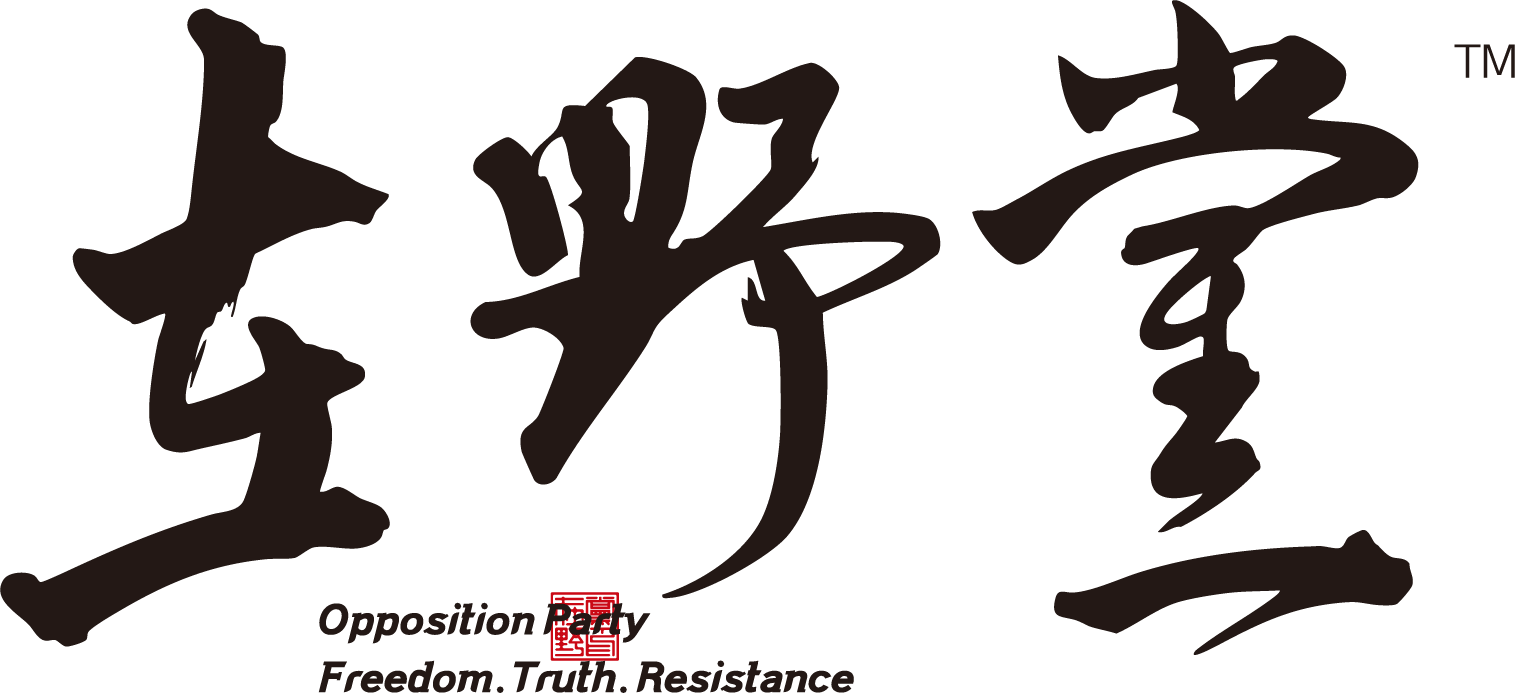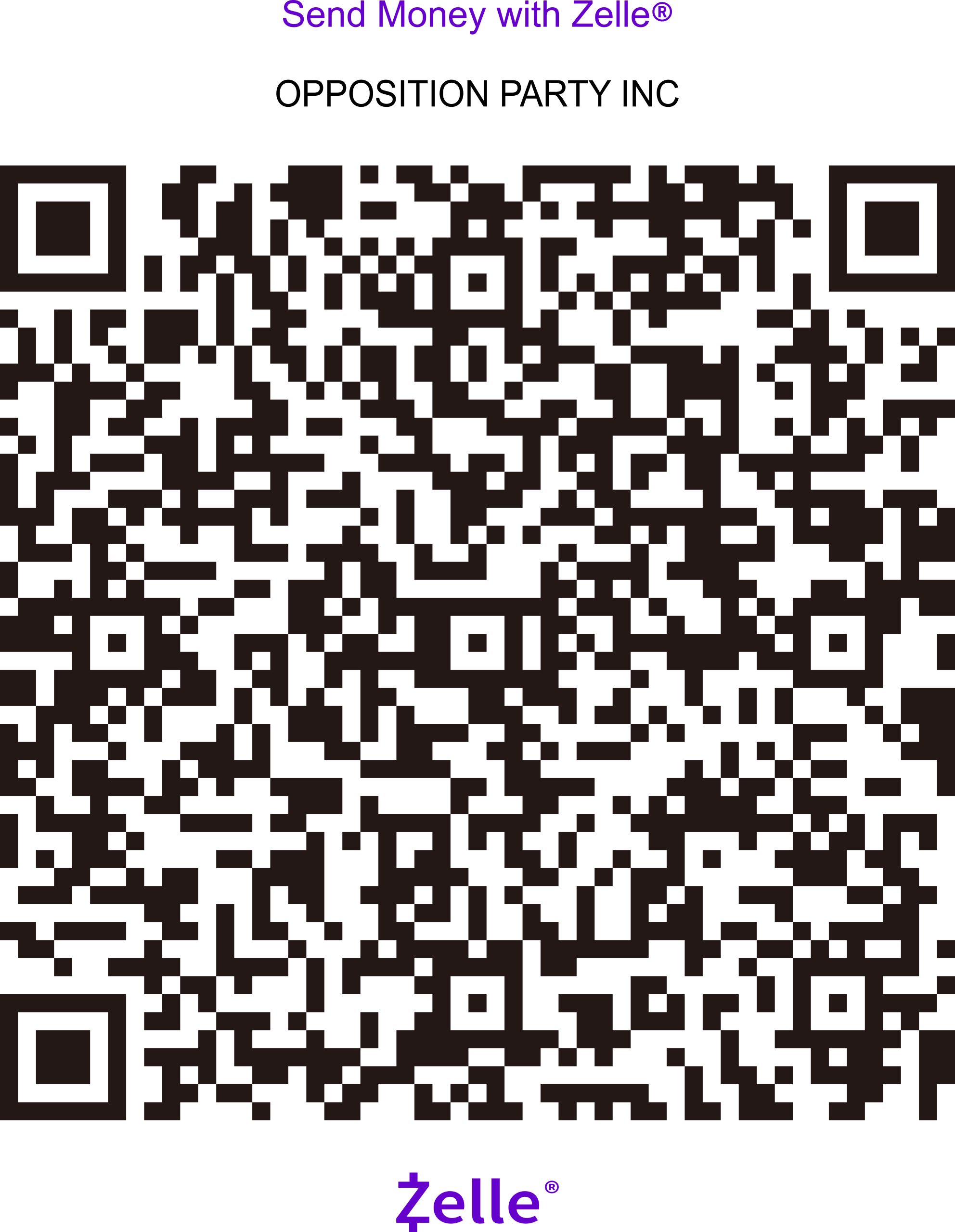Shi Yongxin and Shaolin Temple: A Prolonged Struggle Between Power and Faith
作者:陀先润
编辑:gloria Wang 责任编辑:罗志飞 翻译:鲁慧文
关键词:释永信,少林寺,中国佛教,信仰
在中国佛教界,少林寺是一个独特的存在。它既是佛教禅宗祖庭,又是商业与文化的输出地,同时又为体制服务。在过去二十多年里,少林寺的权力中心无疑是释永信。
从1980年代末起,释永信便试图进入少林寺核心领导层。在他尚未年满三十时,便多次争夺“住持”一职。当时虽未得逞,但他并未退缩。90年代初,他通过种种方式排挤原方丈速喜和尚,最终将其软禁,进而谋求上位。这一举动引发佛教界不满,佛教协会主席赵朴初生前始终拒绝批复他的住持资格,直到赵朴初去世多年,释永信才于1999年被顺利“扶正”。
他的上位,并非善行结果,而是玩弄权术与人脉的业力所致。然而,释永信上位后,争议与质疑并未停歇。
2008年与2015年,曾先后爆发两次针对他的实名举报,内容涉及财务不清、违背戒律、涉及女性关系等严重问题。举报者大多来自寺内、知情深入,细节清晰,但调查皆无果。公众一再质疑,释永信却步步高升,不仅担任全国政协常委、佛教协会副会长,还享有准副国级的生活与医疗待遇。
这一切无疑反映出一个问题:释永信不仅是一位宗教人物,更是体制中被制度性保护的“特殊身份者”。尤其在对外活动方面,释永信常年持公务护照出国访问,行程及比利时、阿布扎比、梵蒂冈等地,频频出席多边宗教会议。部分活动由名为“欧洲亚洲中心”的组织协调,该组织虽名为NGO,实则为中国对外形象工程的一环。这类“宗教外交”,往往游走于信仰与国家任务之间,其实质是政治角色的延伸。
甚至在一些敏感场合,如访问梵蒂冈的过程中,也有网络言论质疑他是否越权接触海外宗教人士。然而这正是中共的安排,中梵没有正式外交关系,中国政府不便公开派员,释永信的角色正好承担了那种“亦官亦僧”的模糊职能。
他代表的是体制中一种非常典型的“融合型人物”:宗教领袖、文化符号、政府代言人,三者集于一身。而其背后的少林寺,也早已不只是“禅宗祖庭”,更是一个跨界运作的经济体、舆论话题场与政商利益圈。
然而在这种“庙堂—庙门—庙市”三位一体化的发展下,那些曾坚守修行传统、试图揭露真相的大和尚们逐渐被边缘。他们或隐退山林,或被驱出寺门,或沉默不语。整个佛教体系在权力结构的裹挟下,越来越像是一套精密的“庙产管理系统”,而非一方净土。
结语
释永信并非孤例。他只是当代中国宗教—权力交界地带中,一个恰好被看见的人。他身上的争议,照出的是整个体制对信仰的工具化、对监督的空转、对僧人身份的政治塑形。
当一个方丈不再被问“是否持戒”,而被评价“是否得体、能出镜、擅公关”,我们是否该追问:如果信仰都可以被操控,那身在这片土地,还有何物不能被当局控制?
Shi Yongxin and Shaolin Temple: A Prolonged Struggle Between Power and Faith
By Tuo Xianrun | Edited by Gloria Wang | Chief Editor: Luo Zhifei | Translated by: Lu Huiwen
Keywords: Shi Yongxin, Shaolin Temple, Chinese Buddhism, Faith
In the landscape of Chinese Buddhism, the Shaolin Temple holds a unique position. It is not only the ancestral seat of Chan (Zen) Buddhism, but also a commercial and cultural brand—and at the same time, an institution that serves the political system. Over the past two decades, the power center of Shaolin has indisputably been Shi Yongxin.
Since the late 1980s, Shi Yongxin had been striving to enter the temple’s leadership circle. Before even turning thirty, he repeatedly competed for the position of abbot. Though unsuccessful at the time, he did not back down. In the early 1990s, through various means, he sidelined the then-abbot Master Suxi, eventually placing him under soft house arrest, paving his own path to the top. This move stirred discontent within the Buddhist community. The then-President of the Buddhist Association of China, Zhao Puchu, persistently refused to approve Shi’s abbotship during his lifetime. It was only years after Zhao’s passing that Shi Yongxin was officially “promoted” in 1999.
His rise to power was not the result of virtue but a consequence of wielding political tactics and personal connections. However, Shi Yongxin’s ascent did not put an end to controversy and public skepticism.
In both 2008 and 2015, whistleblowers filed real-name complaints against him, involving financial opacity, violations of monastic discipline, and alleged improper relations with women. These accusations mostly came from insiders, with detailed and credible information. Yet no investigations yielded results. Despite the persistent questions from the public, Shi Yongxin continued to climb the political ladder, serving as a member of the National Committee of the Chinese People’s Political Consultative Conference (CPPCC) and as Vice President of the Buddhist Association of China. He also enjoys vice-ministerial-level perks in lifestyle and medical care.
All of this points to one conclusion: Shi Yongxin is not merely a religious figure, but a “special-status individual” institutionally protected within the system. Especially in the international arena, Shi Yongxin has long held a diplomatic passport and frequently travels abroad to attend multilateral religious forums in places like Belgium, Abu Dhabi, and the Vatican. Many of these trips are coordinated by the so-called “Europe-Asia Center,” an organization that claims NGO status but in reality functions as part of China’s global image-building initiatives. These instances of “religious diplomacy” often blur the line between faith and national duty, essentially extending the political apparatus.
In sensitive contexts—such as his visits to the Vatican—netizens have questioned whether Shi Yongxin overstepped in engaging with foreign religious figures. Yet this, too, is part of the CCP’s plan. Since China and the Vatican have no formal diplomatic ties, the government cannot dispatch official envoys openly. Shi’s role fills that vacuum—he is a monk, yes, but also a quasi-official emissary.
He embodies a very typical “hybrid identity” within the Chinese system: religious leader, cultural icon, and government spokesperson rolled into one. And behind him, the Shaolin Temple has long ceased to be a pure religious sanctuary; it is now a multi-industry enterprise, a media spectacle, and a hub for political and business interests.
However, under this “temple-court-market” trinity model, the elder monks who once upheld traditional spiritual discipline—and who dared to speak the truth—have been gradually sidelined. Some have retreated into seclusion, others have been expelled from the temple, and many have been silenced. The entire Buddhist structure, wrapped in layers of power dynamics, now resembles an elaborate “temple property management system” rather than a spiritual sanctuary.
Conclusion
Shi Yongxin is not an isolated case. He is simply one figure caught in the spotlight at the intersection of religion and power in today’s China. The controversies surrounding him reflect the broader reality: the instrumentalization of faith, the hollowing out of accountability, and the political redefinition of monastic roles under the current regime.
When an abbot is no longer asked, “Do you observe the precepts?” but instead judged by whether he “looks appropriate on camera, can handle public relations, and fits the Party’s image,” we must ask: If even faith can be manipulated, what in this land is beyond the reach of state control?



冯仍-rId6-1920X1080.jpeg?w=218&resize=218,150&ssl=1)


16期-rId5-1500X903.jpeg?w=100&resize=100,70&ssl=1)
曾群兰-rId5-640X480.jpeg?w=100&resize=100,70&ssl=1)
